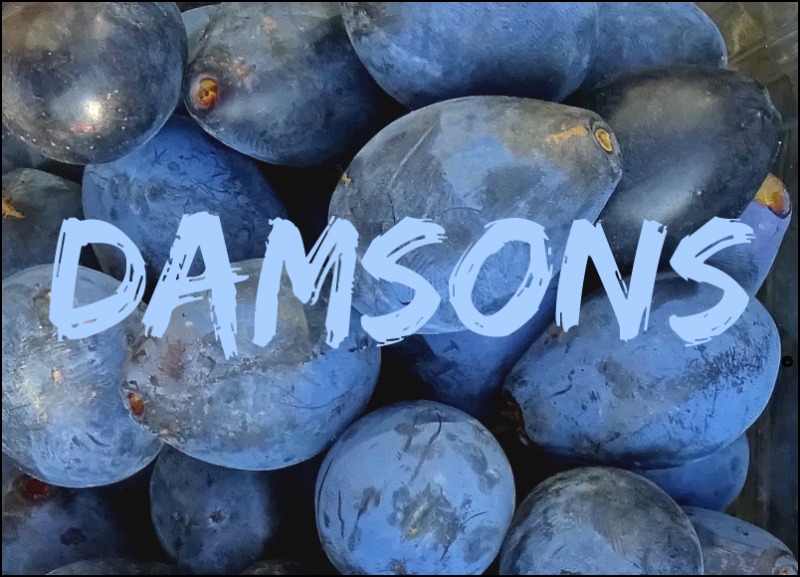Each golden day must be cherished to the full, for one has the feeling that each must be the last.
Elizabeth Enright
The perfect weather of Indian Summer lengthened and lingered, warm sunny days were followed by brisk nights with Halloween a presentiment in the air.
Wallace Stegner
"Indian summer comes gently, folds over the hills and valleys as softly as the fall of a leaf on a windless day."
Gladys Taber
".....and all at once, summer collapsed into fall."
Oscar Wilde
"By all these lovely tokens September days are here With summer's best of weather
And autumn's best of cheer."
Helen Hunt Jackson
"One can follow the sun, of course, but I have always thought that it is best to know some winter, too, so that the summer, when it arrives, is the more gratefully received."
Beatriz Williams
******
Addendum
I planted a fruit pip outside in the garden almost 20 years ago which has grown into a fairly substantial tree with large leathery leaves. Possibly as a result of the long hot summer, and now our Indian Summer, it has decided to bloom for the first time. Although the flowers are not appealing the fragrance is lovely and is attracting much attention from the local bee population. Apparently this is the tree's normal flowering period, and presumably if it was growing in its natural habitat with mild weather on the horizon rather than facing our looming winter, then it would set and bear some fruit.
When I had a visit earlier this year from Wendy, an Australian blogger, she said "gosh is that a ...... tree you have growing there", and she was correct. Do you know what the name of this tree is?






























